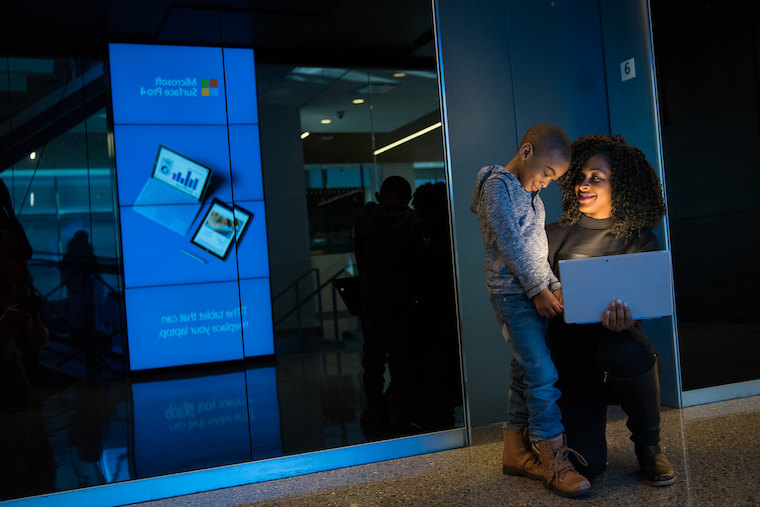
Smart tools are everywhere. People have multiple options for everything from food delivery services to virtual reality headsets, but many times, users don’t choose products for their brands or even for their features. Instead, they choose new products based on the connections between the people that support them.
What Really Matters to Your Customers?
No matter how much you talk about your brand, consumers always treat companies with suspicion — even companies they know. When taking recommendations, people tend to trust other people more than they trust businesses. For marketers looking to build connections around new products, that poses a problem. How do you recommend your product when people would rather listen to the recommendation of someone else?
You have to start somewhere. Features and solutions may attract new audiences, but people stick around because they enjoy feeling like part of something bigger. Whether they engage through the product itself (like in a video game or communications tool) or whether they simply talk about the product in their social circles and online, the connections they foster are a key component of the product’s success.
This is especially true for new products. Early adopters are quick to crown the next greatest thing or scorn a failed attempt. Get them on your side, and you’re in good shape.
With dedicated grassroots support, much of your product’s marketing takes care of itself. People tell other people about your launch and rush to your defense against critics. Building that momentum takes time, but once you open the floodgates, you can ride the waves of support all the way to the top.
How Can Marketers Foster Connections Around Products?
How do you get those first few fans? Once you secure them, how do you leverage a small fandom into growing support, and how do you nurture that support to grow your business?
Every community starts with a strong introduction. Use these tips to set a foundation that will carry your new tech product to prominence.
1. Elevate Everyday Fans
Nothing makes fans feel good like public recognition. Nurture customer’s connections with your brand by elevating a few of its intriguing members.
To get its Gabb Life community off the ground, kids phone brand Gabb Wireless spotlighted a child artist named Tyler Gordon. After learning to paint celebrity portraits, Gordon spent a year and a half in a wheelchair because of a broken femur. Instead of spending his recovery time scrolling, Gordon doubled down on painting and even started his own online video series.
Take time to get to know your audience. Everyone has a story. The question is, which ones will inspire your community?
2. Let Your People Take Center Stage
Some of the best people to promote your new product are also the easiest to find. By showing off the human side of your company through your employees, you can maintain a bit more control by leveraging the voices of people who already believe in what you do.
Zappos is the master of people-focused customer service. Stories of Zappos agents who have sent bouquets of flowers or spent 10 whole hours on a single call are a testament to the company’s commitment to the people it serves. Many wouldn’t think a shoe company could become a regular source of the warm fuzzies, but that’s exactly how Zappos became the giant it is today.
The people at Zappos created a brand that people adore by doing the simplest thing possible: treating others with kindness. No matter what your product does, you can get ahead quickly by treating your team well and encouraging them to carry that same mindset as they speak with prospects and customers.
3. Lean Into the Visual to Create Instant Connections
Words are great, but they can only do so much. People don’t just want to hear about what your product does: they want to see for themselves.
Video content connects your would-be users with your existing fans in a more intimate way. Viewers like to see their own situations played out by people who remind them of themselves. Commercials commonly use this tactic, but user-generated content is better. Just look at the “Share a Coke” campaign.
Encourage content production by hosting contests or engaging with potential content creators on social media. Think of the many popular videos depicting first-time VR users, for example. Someone who has never used VR before not only sees what the product does but also the appeal the product has for someone who reminds them of themselves.
These tactics share a central theme: get people excited about how your product can change their lives. Make them the hero of the story and allow your product to take on a supporting role. When you focus more on empowerment and less on advertising, your audience will gladly take up the cause to champion your new product to the world.
This article originally appeared on CMSWire.